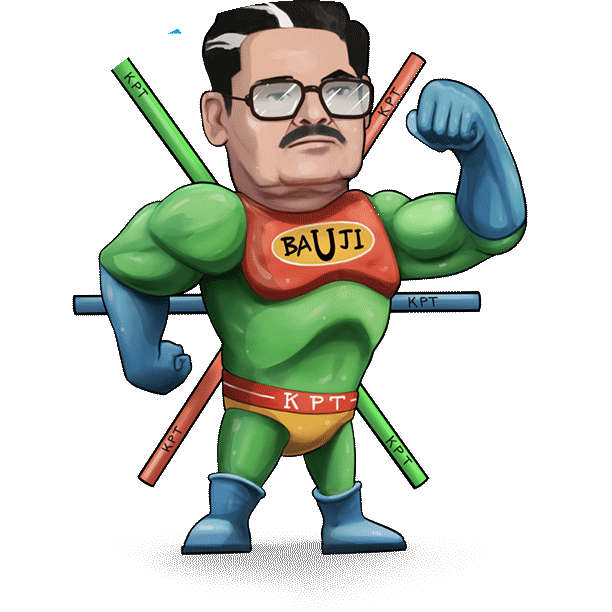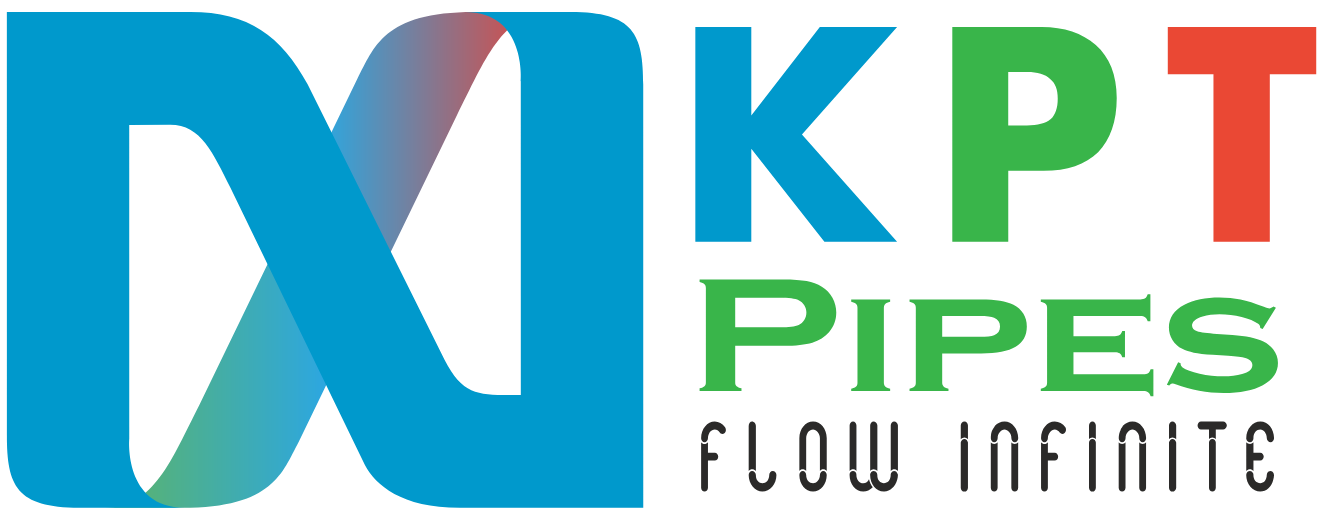In today’s world, where sustainability and environmental consciousness are becoming increasingly important, the demand for eco-friendly products is on the rise. One such innovation in the field of plumbing is PPR Pipes – a revolutionary solution that not only meets the requirements of modern construction but also prioritizes environmental responsibility throughout its lifecycle.
Table of Contents
PPR Pipes Production Phase:
The journey of PPR Pipes begins with the careful selection of raw materials. These pipes are crafted from recycled plastics, reducing the strain on virgin resources and minimizing environmental impact. Through advanced manufacturing processes, these materials are molded into durable pipes that meet stringent quality standards.
The production phase is not just about creating a product; it’s about ensuring sustainability at every step. PPR Pipes manufacturers prioritize energy efficiency and waste reduction, implementing practices that minimize carbon footprint and promote eco-friendly operations.
Distribution and Transportation:
Once manufactured, PPR Pipes are efficiently distributed to various construction sites. Sustainable practices extend beyond production and into transportation. Companies opt for eco-friendly shipping methods, minimizing emissions and reducing the ecological footprint associated with distribution.
By optimizing logistics and choosing environmentally conscious transportation options, the overall impact of PPR Pipes on the environment is further reduced, aligning with the overarching goal of sustainability.
Installation and Application:
PPR Pipes are designed for versatility and ease of installation. Whether it’s for residential, commercial, or industrial applications, these pipes offer a reliable solution for plumbing needs while adhering to environmental standards.
During installation, contractors benefit from the lightweight and flexible nature of Greentherm Pipes, which simplifies handling and reduces installation time. Additionally, the durability of these pipes ensures long-term performance, minimizing the need for replacements and contributing to resource conservation.
Longevity and Maintenance:
One of the key advantages of PPR Pipes is their longevity. Built to withstand harsh conditions and the test of time, these pipes require minimal maintenance throughout their lifespan. This not only reduces operational costs but also lessens the environmental impact associated with maintenance activities.
Furthermore, the recyclability of PPR Pipes ensures that at the end of their service life, they can be repurposed into new products, closing the loop on sustainability and contributing to the circular economy.
Conclusion:
The lifecycle of KPT’s PPR Pipes embodies a commitment to environmental stewardship from production to installation and beyond. By leveraging recycled materials, optimizing distribution practices, and prioritizing durability and recyclability, PPR Pipes set a new standard for sustainable plumbing solutions.
In an era where environmental concerns are paramount, PPR Pipes demonstrate that innovation and eco-consciousness can go hand in hand. As we continue to strive for a greener future, products like PPR Pipes serve as a beacon of sustainability, showcasing the possibilities when environmental responsibility is at the forefront of product development and implementation.


